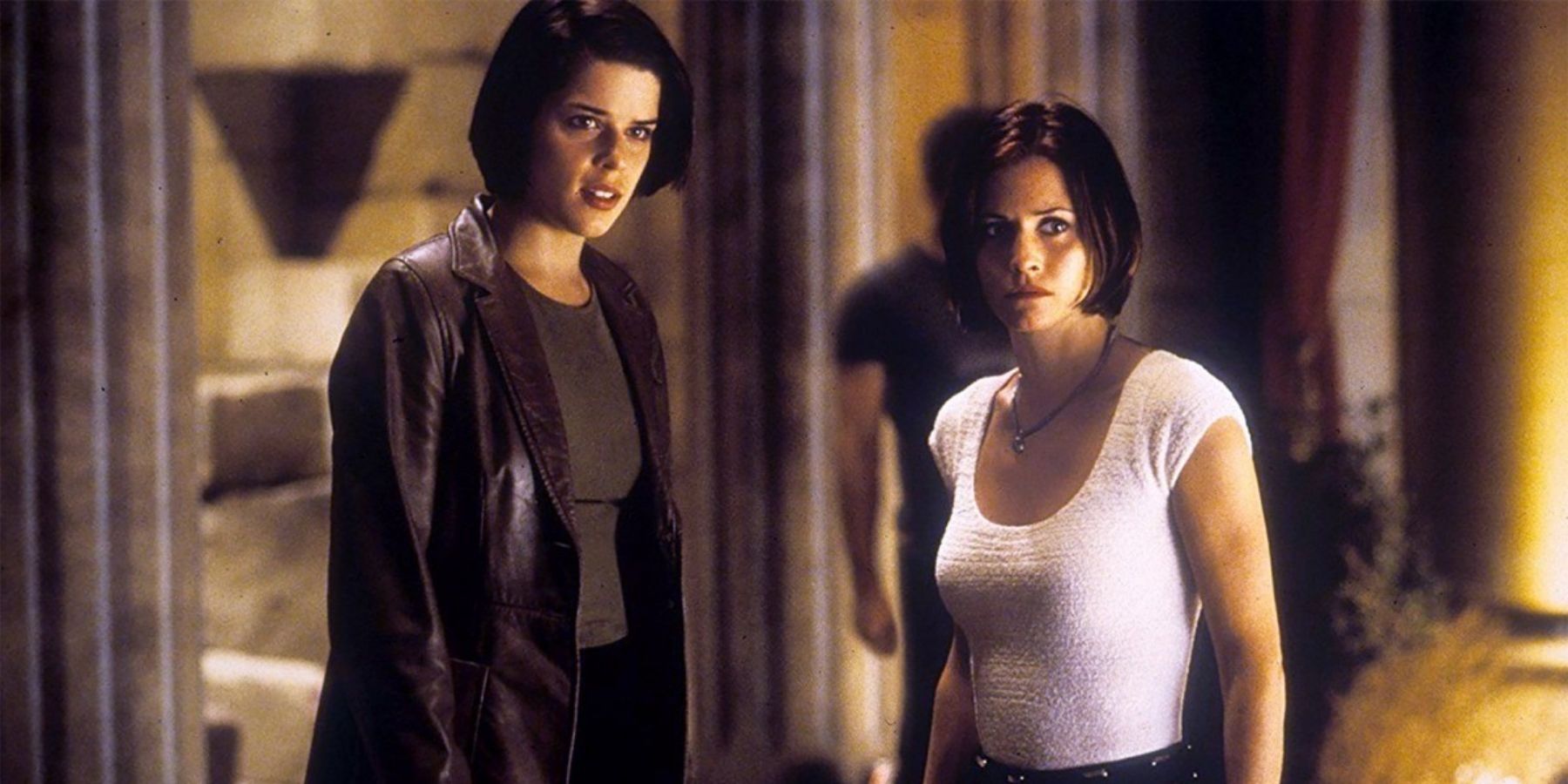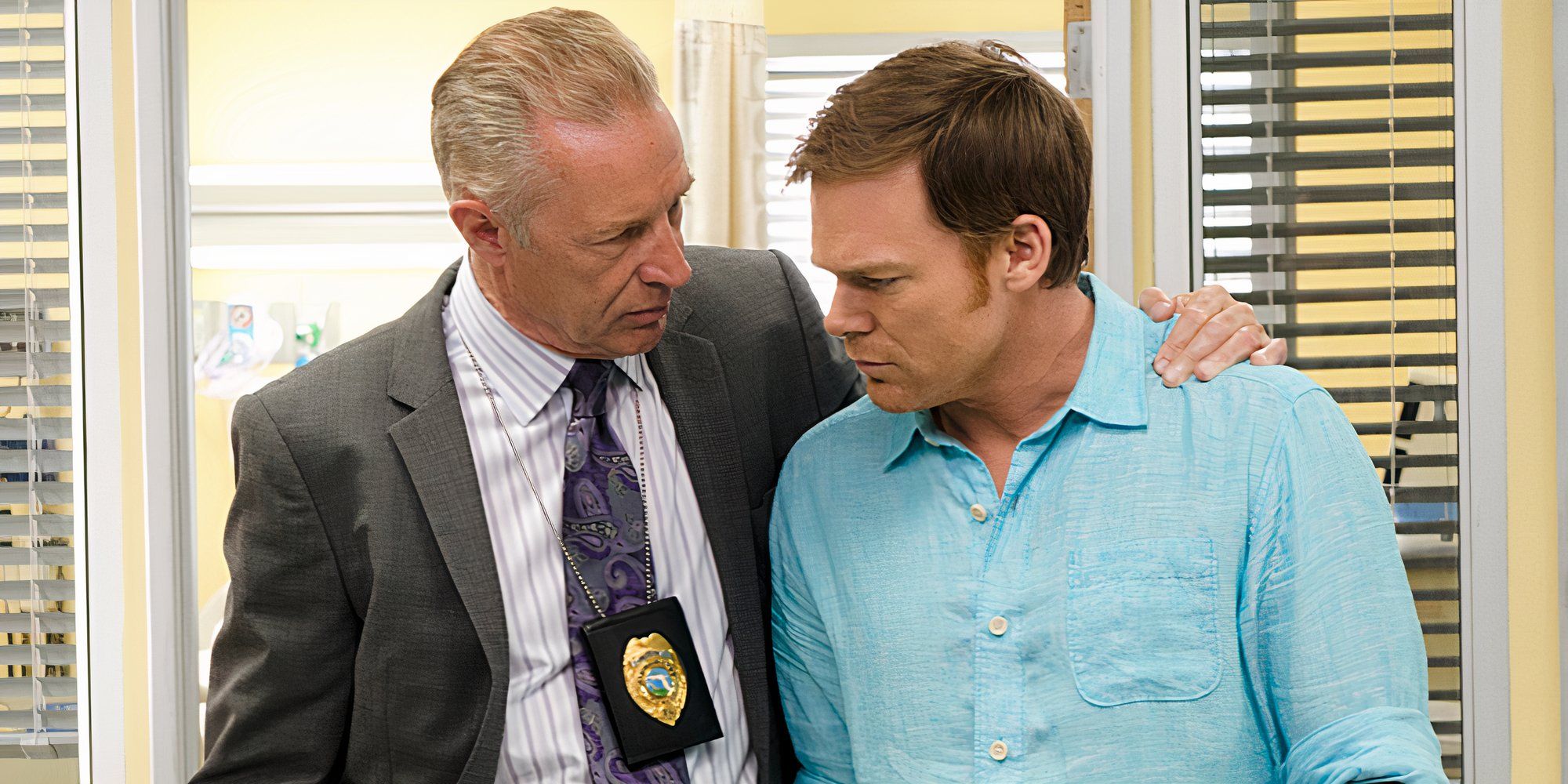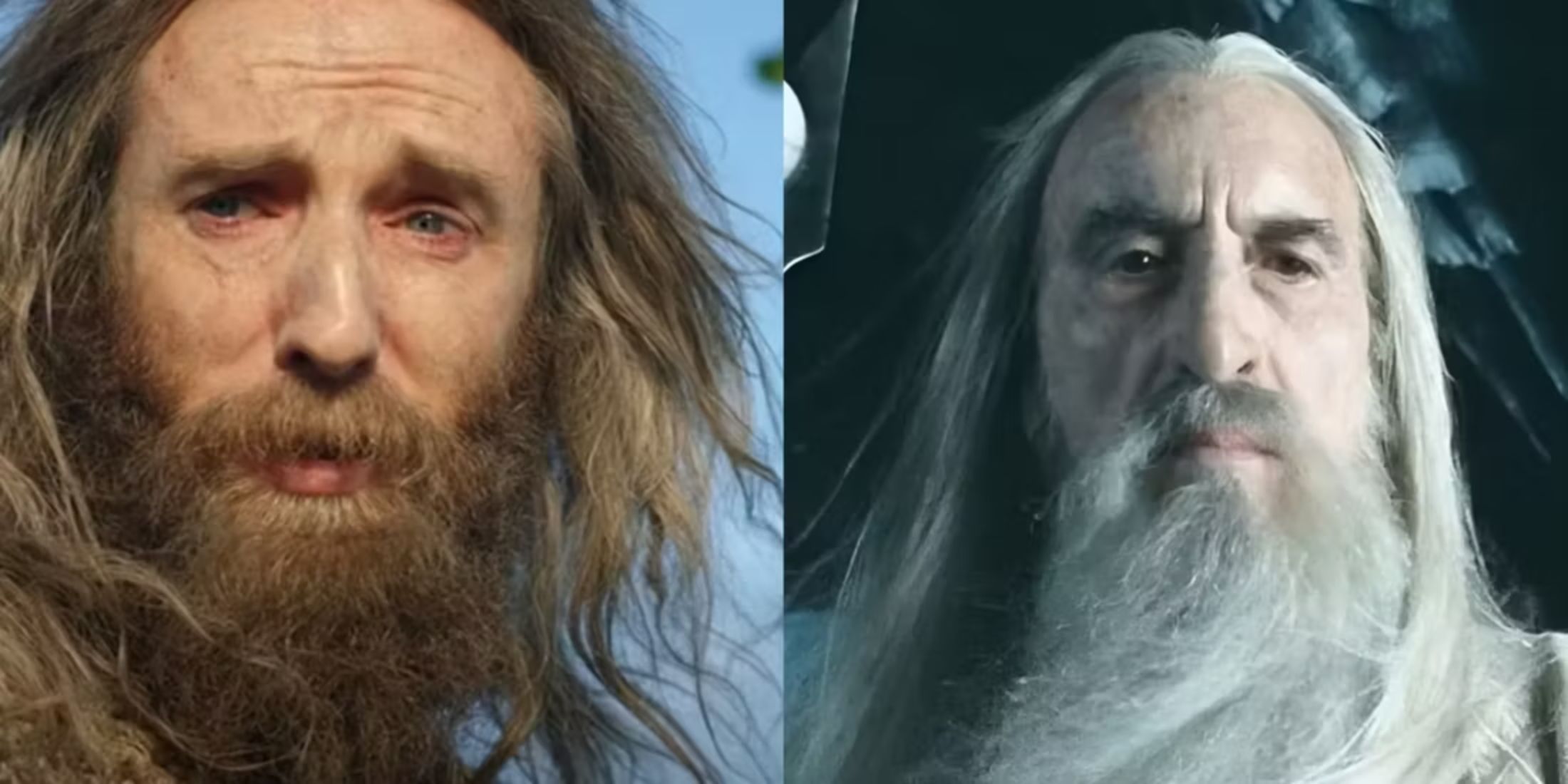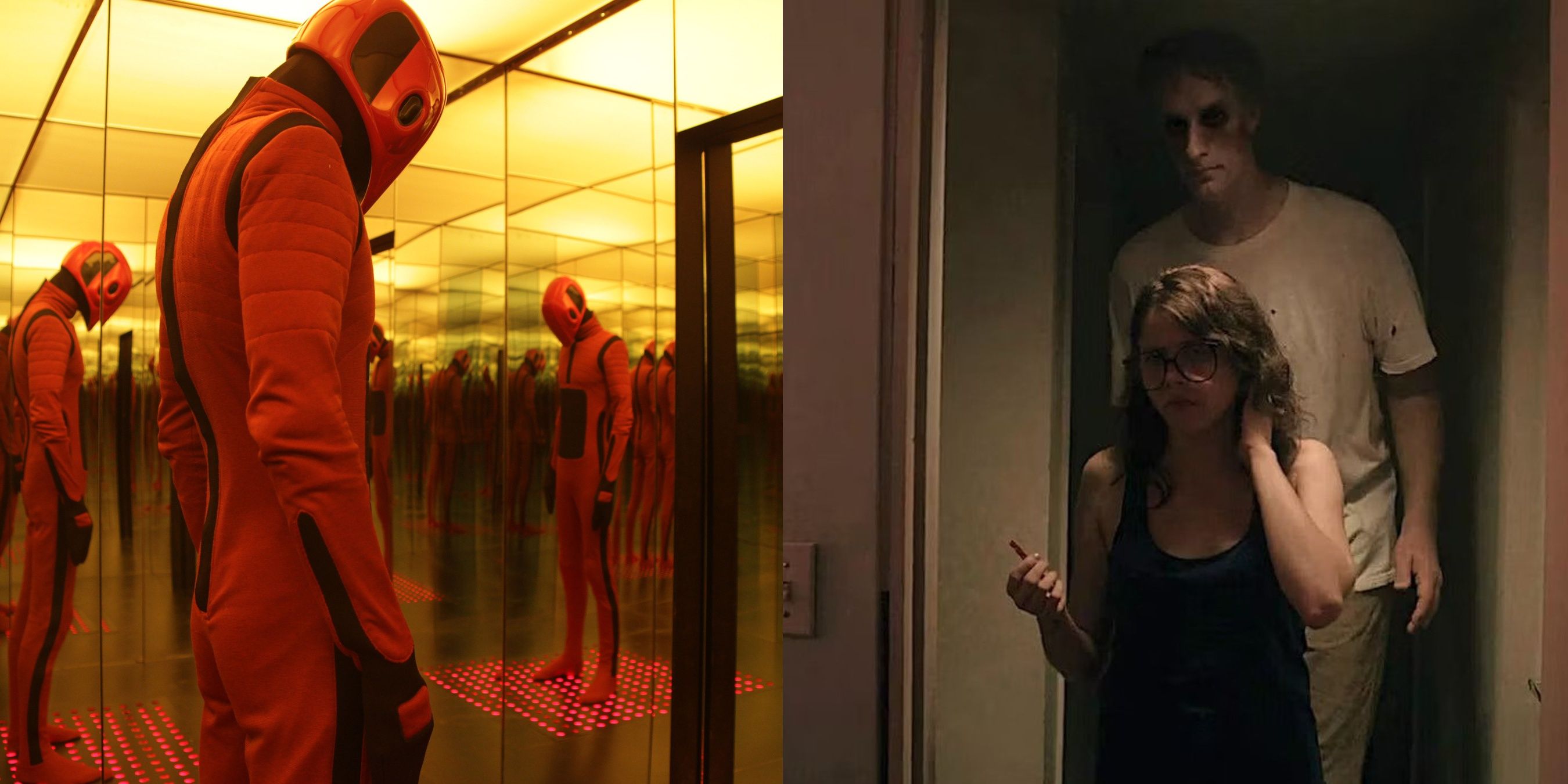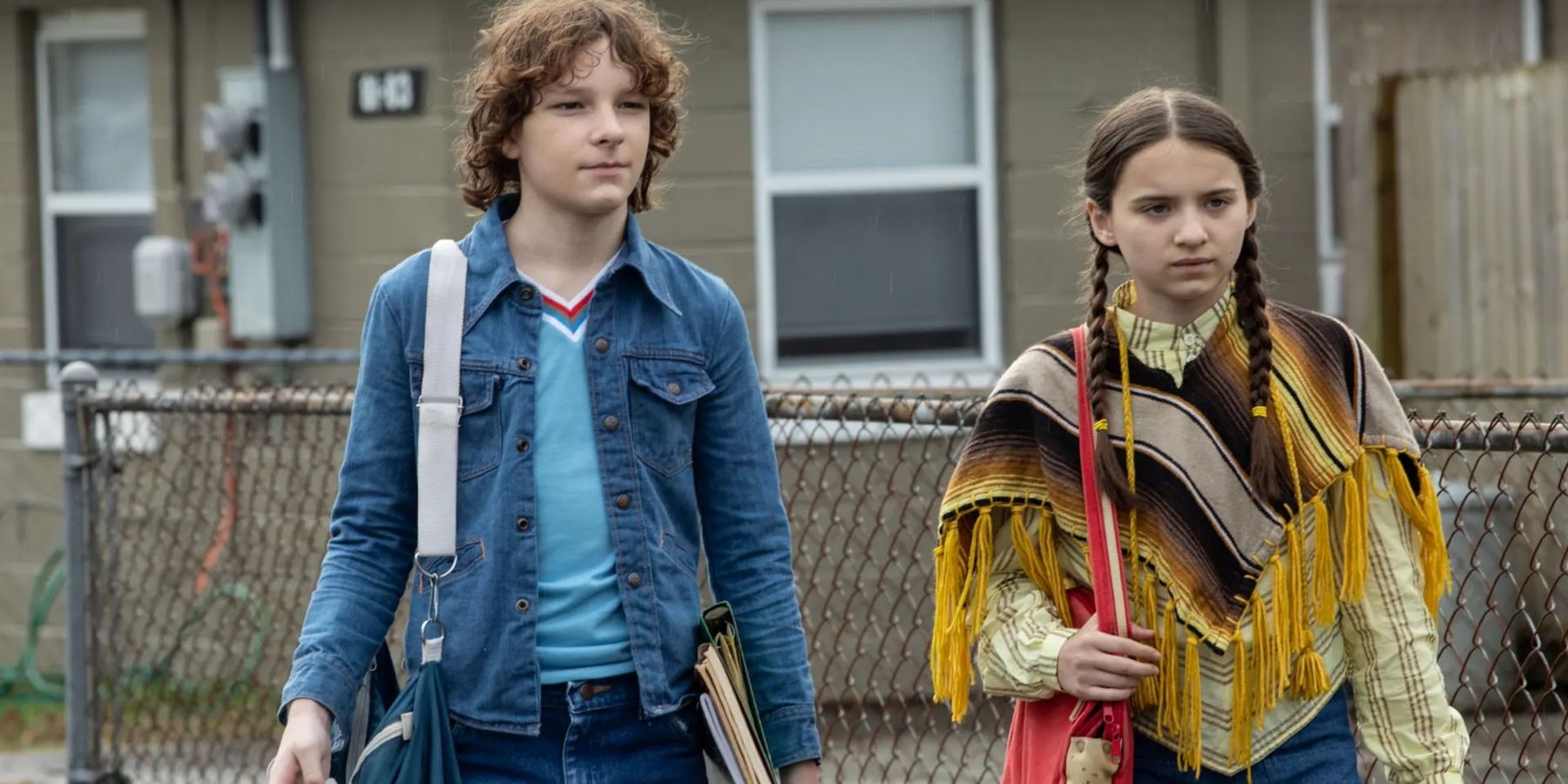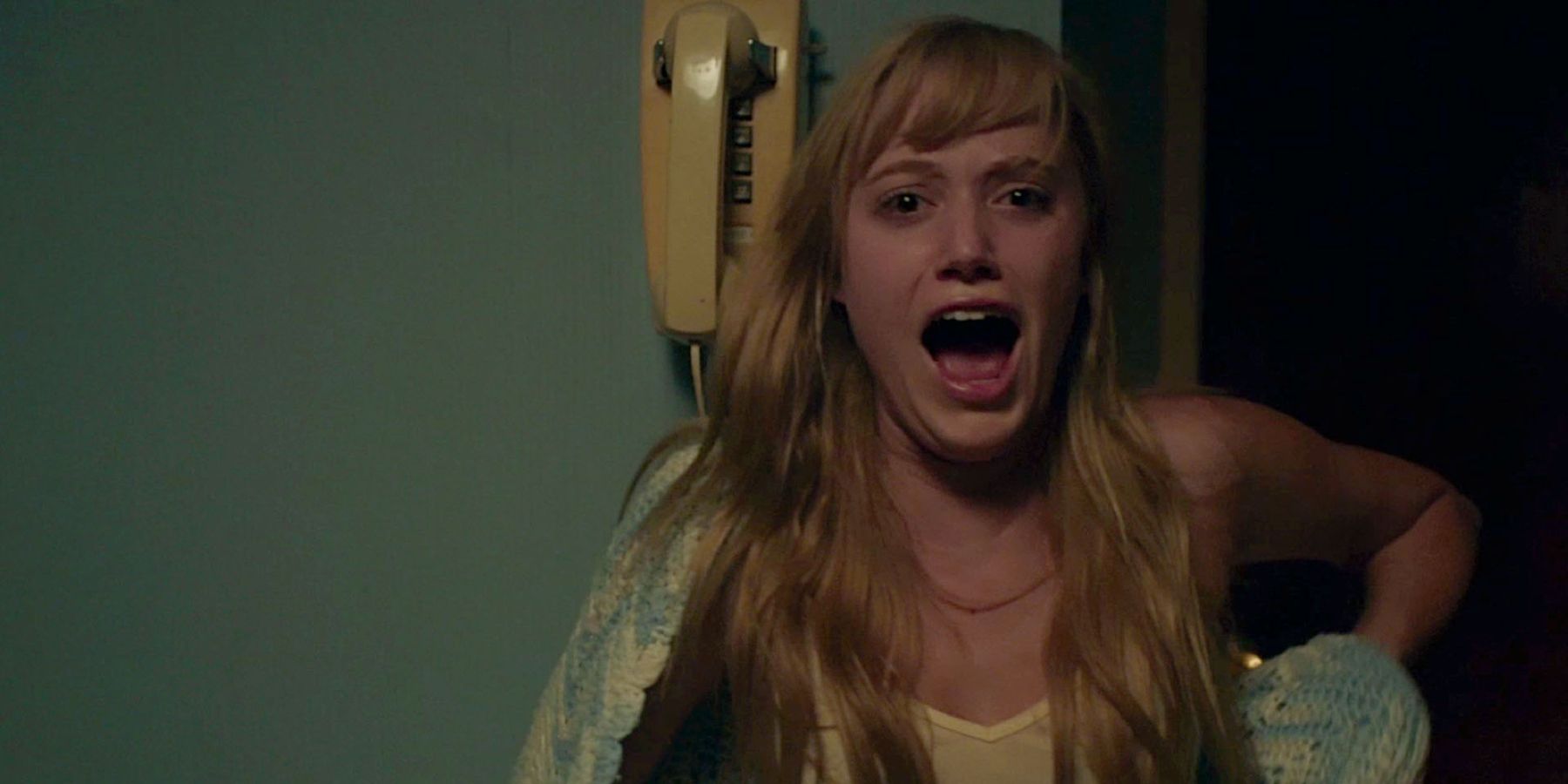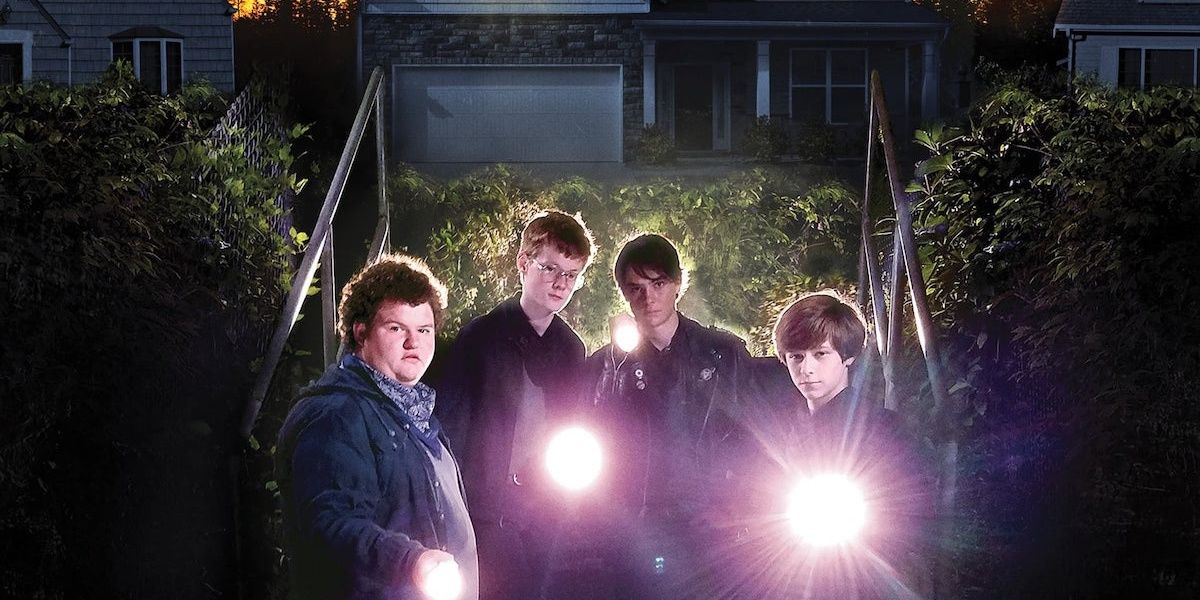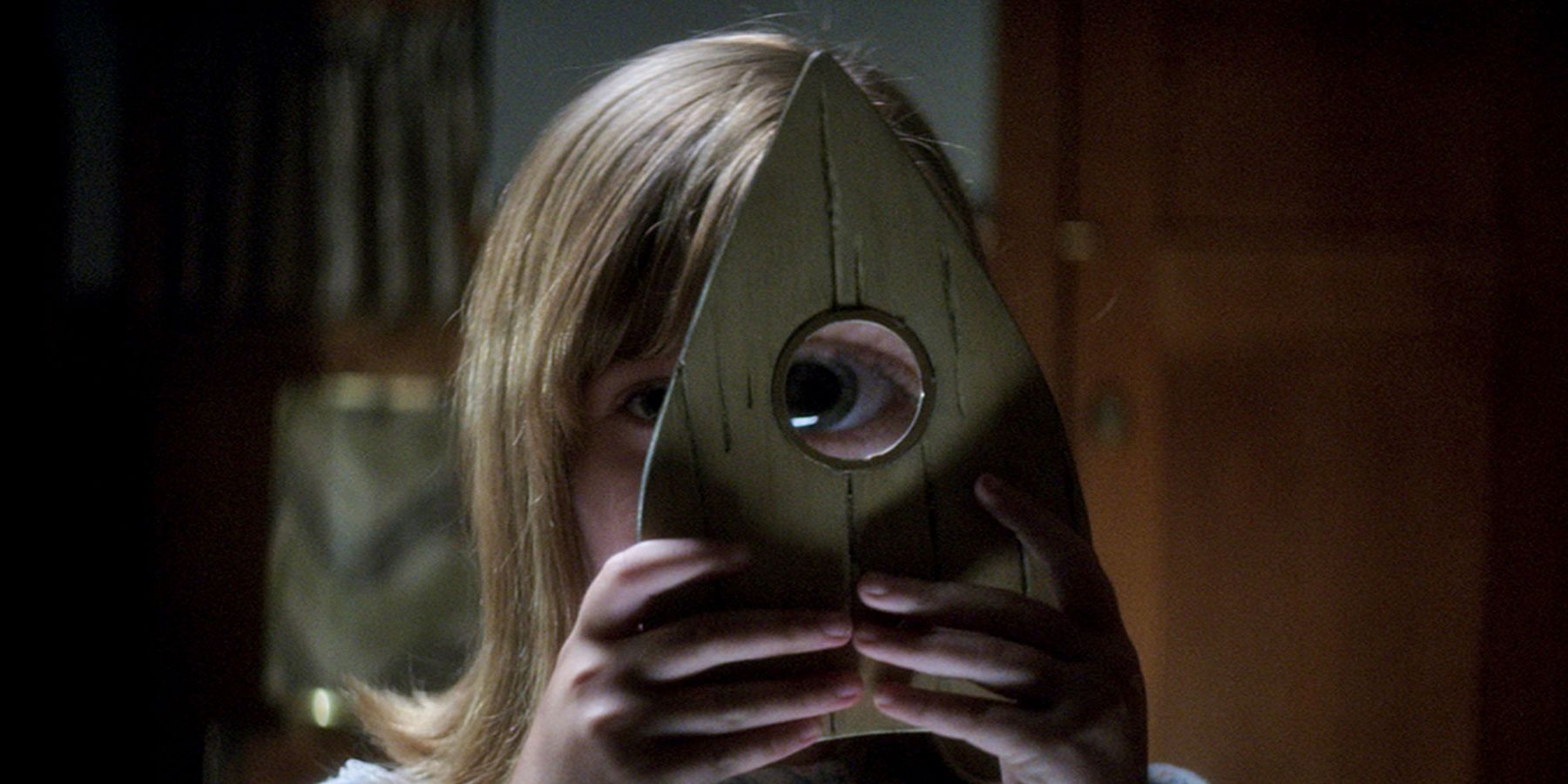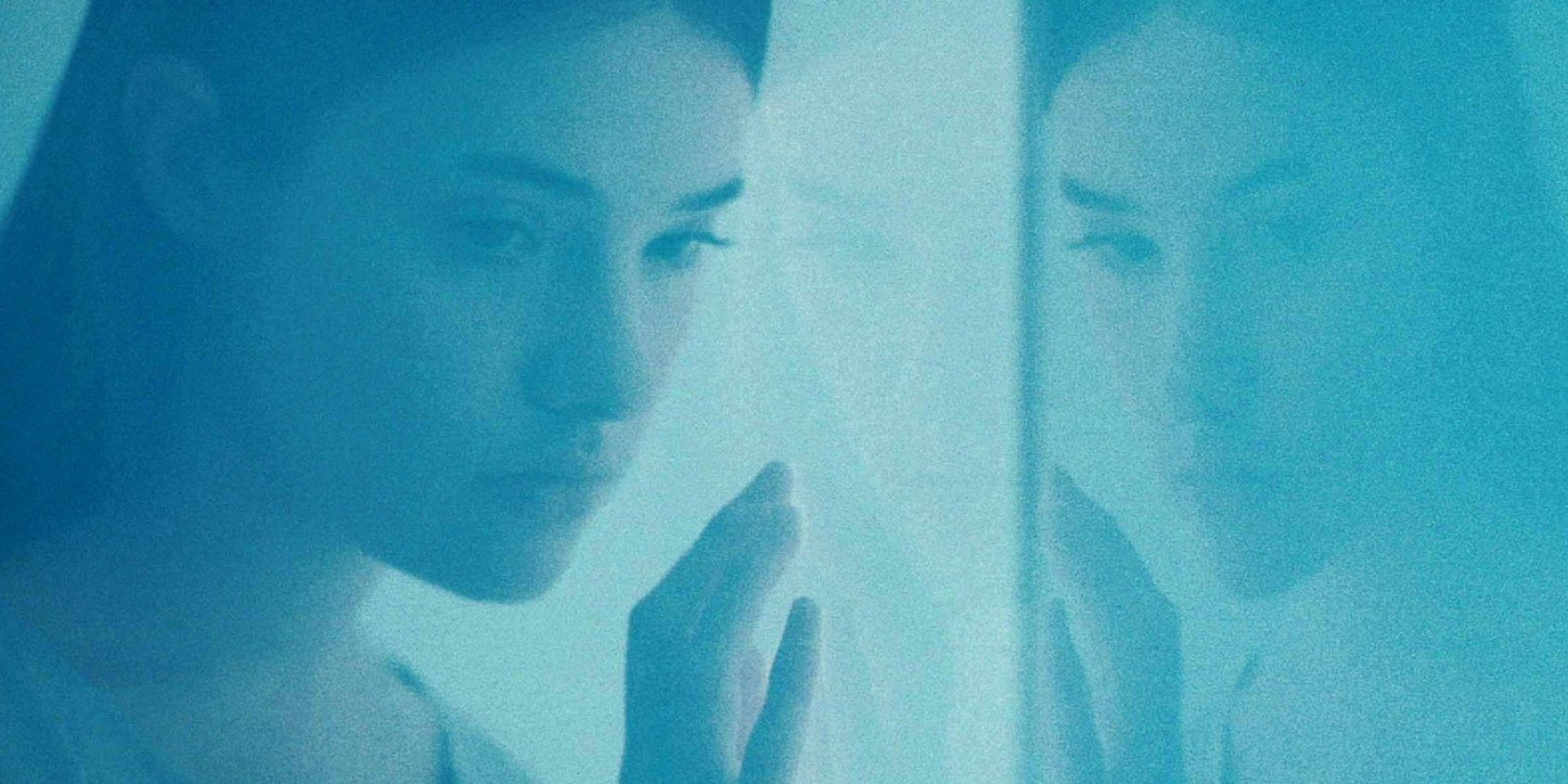Horror tends to move in phases as a genre, but the breaks between them aren't as clear as they could be. There are a million subgenres that often cross over with each other and consistently influence the larger movements of the horror world. Modern horror films can often take notes from the pieces that came before them, creating a new subgenre in the form of retro horror.
Setting a film in a previous decade allows the visuals to add to the story. Some current horror movies realistically take place in an earlier era, while others evoke the feeling of the past. Either way, retro horror is among the most popular subgenres in the modern era.
The Black Phone
The one-two punch of Stranger Things and It kicked open the door for horror movies about kids in the 80s. There's been a massive flood of comparable films. Some feel like ripoffs trying to cash in on a trend, but others innovate on the concept. Scott Derrickson's The Black Phone is actually set in 1978, but it feels very reminiscent of films like It. Aesthetically, the film does a lot to capture both the safety and danger of the suburban 70s. The threat of kidnapping was rampant, but no one imagined horror around the corner of every street. The film follows a town that's rocked with fear after multiple children go missing. The main character Finney finds himself trapped in the hands of a monstrous serial killer, with only the help of the killer's former victims to escape. The Black Phone probably couldn't have come out in the 70s, but it's an incredible exercise in using that tumultuous era as a setting.
It Follows
David Robert Mitchell's 2014 instant horror classic uses the 80s as more than an aesthetic decision. It uses the symbolism and meaning behind films of the era to tell its story by implication. The film follows Jay, who finds herself wrapped in the ongoing assault of a sexually transmitted monster. A victim can pass it on by sleeping with someone else, but it pursues its current target at a never-ending slow pace. The influence of John Carpenter and George Romero makes the film feel straight out of the 80s. It's simple in its story, but in the way that a lot of long-lived franchises have made powerful. It Follows is about a lot of things, and its use of classic visual signifiers helps it get its many messages across.
Summer of 84
Roadkill Superstars, the filmmaking trio who directed this and Turbo Kid, were so reliant on nostalgia for their general aesthetic that they listed the specific year in the title. Set in yet another 80s suburb, the film depicts a group of teens trying to solve a series of gruesome murders. It's a fascinating use of genre conventions. It's slower than the average slasher, abusing the expectation of sleepy suburbs to lull the audience into a false sense of security. However, when it gets where it's going, the payoff is immensely unnerving. The use of kids' faces on milk cartons, deliberately outdated dialogue, and small town eerily reminiscent of one out of a Stephen King novel sell the setting well. RKSS clearly has a lot of interesting stuff ahead of them, and their understanding of the genre shines in this enjoyable summer horror experience.
Ouija: Origin of Evil
Mike Flanagan is one of the most interesting filmmakers in the world of horror. His films are across the board excellent, his series stand out among Netflix's library, and every project he works on is immediately more interesting. His 2016 prequel to Stiles White's 2014 film Ouija takes place in 1967 Los Angeles. The history of the titular spirit board begins long before that era, but the 60s was an era of unique happenings in the spiritual world. Origin of Evil is a period piece, using a lot of the musical cues and design aesthetics of the decade as beautiful set dressing. The film feels like a love letter to an era that doesn't get a lot of representation in horror movies. The 70s, 80s, and early 2000s are all over modern horror, but Origin of Evil gets a lot out of its era.
Beyond the Black Rainbow
Panos Cosmatos really blew up with his second film Mandy, but his first feature is a bizarre sci-fi horror inspired by everything from John Carpenter to George Lucas. One could take apart almost every frame of the film to find the classic films that lent their touch to the concept. Rather than being set in the past, this mind-bending epic takes the past's view of the future. Even in its theming, Black Rainbow evokes historical events and their impact on the future. Though it came out 12 years ago, fans should revisit Cosmatos' first feature. It's still one of the smartest sci-fi horror films of the modern era.

